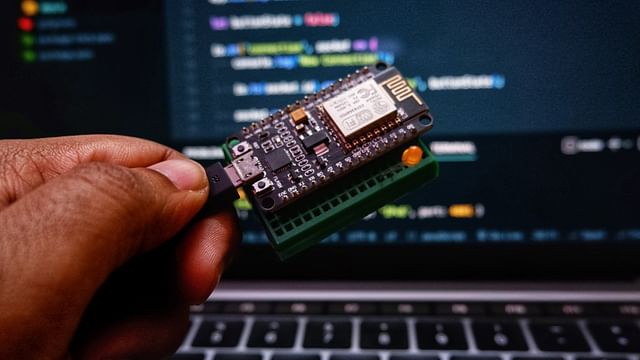
ESP8266 Home Automation: A Comprehensive Guide
In today's digital age, smart homes have become increasingly popular as they improve our daily lives with convenience, comfort, and improved safety. Home automation allows users to control various home appliances remotely, monitor energy consumption, and enhance security.
One platform that has gained massive popularity in recent years in home automation is the ESP8266 chip. In this article, we'll provide a comprehensive guide on home automation with the ESP8266 chip.
What is ESP8266?
ESP8266 is an IoT-empowered microcontroller that enables remote data transmission and programming. ESP8266 solutions are affordable, compact, and low-power, making them suitable for powering IoT products like smart homes.
Why use ESP8266 for home automation?
Here are some reasons why ESP8266 is an excellent choice for home automation:
- Affordable and easy to use.
- Compatibility with popular programming languages like Python and Javascript.
- A wealth of online community support.
- Offers Wifi connectivity, eliminating the need for an extra wired network.
Getting Started with ESP8266
Before diving into home automation using ESP8266, you need to get started with the following equipment:
- ESP8266 module
- Breadboard
- Jumper wires
- A voltage regulator
- A USB-serial converter
Once you have all the equipment mentioned above, it's time to get started with ESP8266 home automation!
Connecting ESP8266
The first step in ESP8266 home automation is to connect it to your devices. You can connect ESP8266 to a wide range of devices, including lights, air conditioners, and fans, among others.
To connect ESP8266 to your devices, follow the manufacturer's instructions and make sure you have the right software to control the device. Usually, you will need to install a library to enable communication between ESP8266 and your devices.
Programming ESP8266
You can program ESP8266 using popular programming languages such as C++ or Micropython. Depending on your preference, you can use two development environments: Arduino IDE or the ESP's native SDK.
Arduino IDE
The Arduino IDE is a popular programming environment for ESP8266 development. It offers an easy-to-use interface that simplifies the programming process for beginners. Arduino IDE also comes with a considerable code library and an active community support network.
ESP's Native SDK
The ESP's Native SDK is a more advanced development environment for users who want to dig deeper into the ESP8266's capabilities. This environment offers access to features not available on the Arduino IDE, like hardware timers, memory manipulation, and FreeRTOS support.
Home Automation Projects with ESP8266
Here are some home automation projects you can create with ESP8266:
Smart lights
You can create an ESP8266-based home automation system that controls your home's lighting system, automatically turning the lights on and off.
Smart thermostat
You can also create a smart thermostat that adjusts your home's temperature and saves energy by turning on and off the heating and cooling systems.
Smart plugs
ESP8266 is useful in creating smart plugs that monitor power usage and turn off devices that are not in use.
Conclusion
ESP8266 home automation is a fantastic way to improve your daily life's convenience, safety, and energy efficiency. With the wealth of online resources and an active community, it's easier than ever to get started with ESP8266-based home automation projects. Hopefully, this guide has given you a headstart on your journey towards smarter home automation.
Posted on: Nov 17, 2022 Last updated at: May 4, 2023